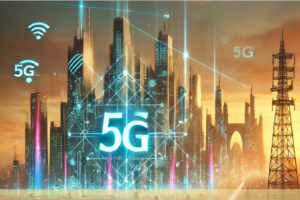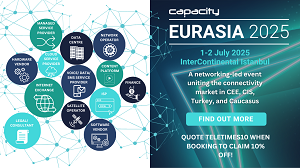Dr. Wael Samih Albayaydh
The question of whether AI is a bubble is complex and depends on how one defines a “bubble” and the context in which AI is being discussed. Here are some perspectives to consider:
AI as a Transformative Technology
AI is widely regarded as a transformative technology with the potential to revolutionize industries, improve efficiency, and solve complex problems. Its applications range from healthcare and finance to transportation and entertainment.
Unlike historical bubbles (e.g., the dot-com bubble), AI is backed by significant advancements in research, infrastructure, and real-world applications. Many AI technologies, such as machine learning, natural language processing, and computer vision, are already delivering tangible value.
Hype vs. Reality
There is undoubtedly a lot of hype around AI, with some companies overpromising on what AI can achieve in the short term. This hype can lead to inflated expectations and valuations, which might resemble a bubble in certain sectors.
However, the core technology and its long-term potential are grounded in real scientific progress, which distinguishes it from purely speculative bubbles.
Investment and Market Dynamics
The AI industry has seen massive investments from both private and public sectors. While some startups and companies may be overvalued, the overall growth of the AI market is driven by increasing demand for AI-driven solutions.
Unlike bubbles that burst due to a lack of underlying value, AI continues to demonstrate its utility across various domains, suggesting sustained growth rather than a sudden collapse.
Regulation and Ethical Considerations
The AI industry faces challenges related to ethics, regulation, and societal impact. How these issues are addressed could influence the trajectory of AI development and adoption.
Responsible AI practices and governance frameworks are essential to ensure that the technology evolves in a sustainable and beneficial manner.
Historical Context
Technological advancements often go through cycles of hype and disillusionment (e.g., the Gartner Hype Cycle). AI may be in a phase of heightened expectations, but this does not necessarily mean it is a bubble. Instead, it may indicate a period of maturation and refinement.
In summary, AI is not inherently a bubble, but certain segments of the industry may experience speculative behavior. The key is to differentiate between genuine advancements and overhyped claims. As long as AI continues to deliver real-world value and adapt to challenges, it is likely to remain a driving force in technology and innovation.












